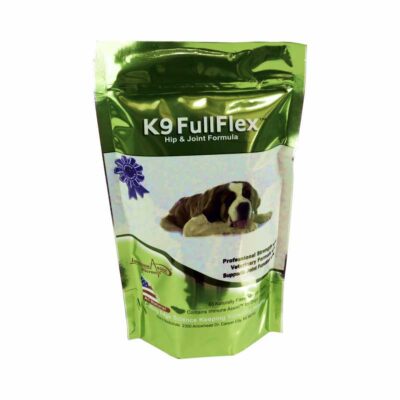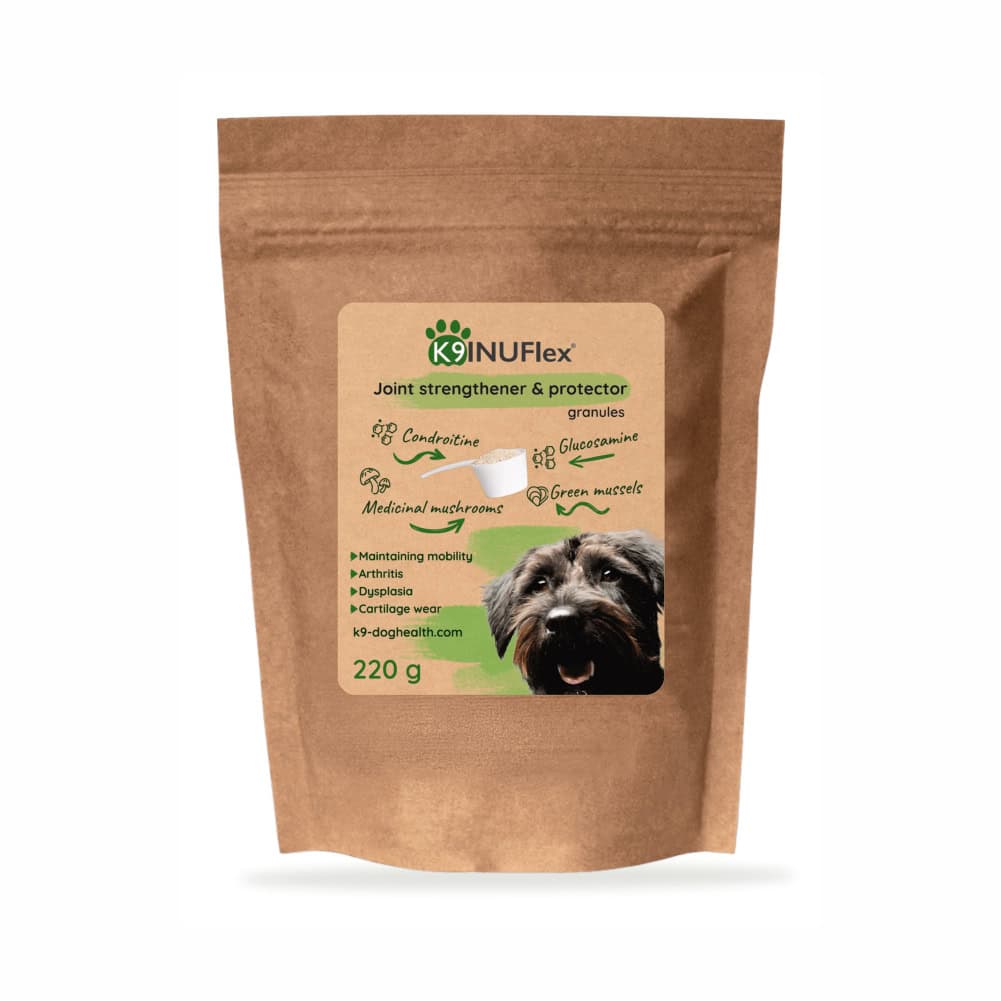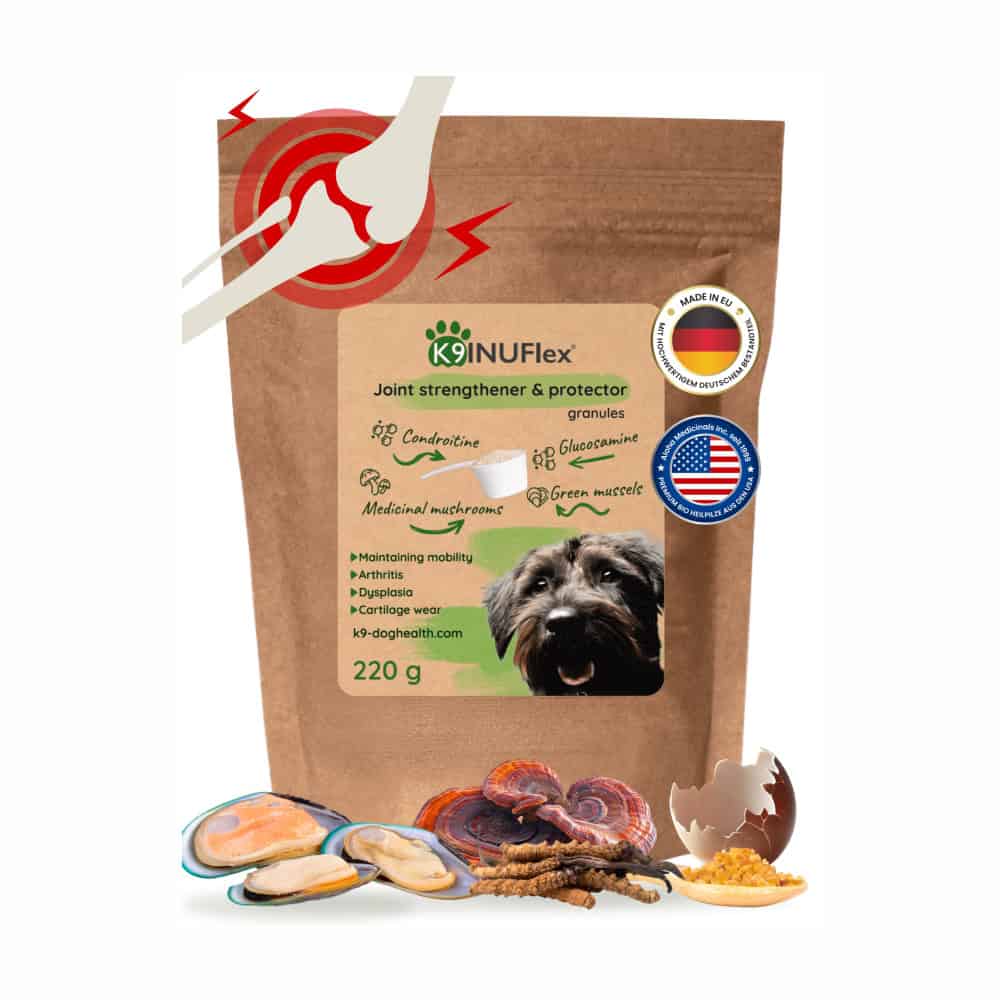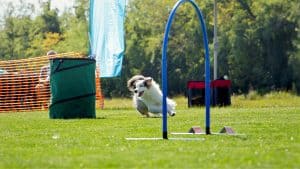Weight pulling – Muscles tense, adrenaline levels rise in both the dog and the handler, and the dog, weighing barely 20 kg, sets off with over 2 tons of weight behind it. Almost unbelievable, but this is not a made-up story.
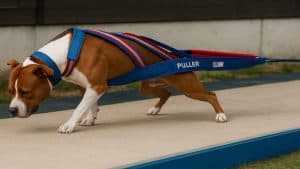
As people urbanized, most of their dogs became mere companion animals. The actual tasks they were bred for, and the mental and physical exhaustion associated with them, ceased to exist. It is necessary to engage our dogs in some activity since work, active engagement, is essential to their well-being.
Any shared sport, such as weight pulling, joint preparation for weight pulling, or even competition, brings great harmony between the dog and its owner. It is a stepping stone to a better dog-owner relationship, where we better understand our dog, and they better understand us. We depend on each other. The dog works for us, and we work for them. It fills us with pride that our dog is capable, and they are proud to have met our expectations.
Which breeds are most suitable

To improve the dog-owner relationship, tire the dog, and work it out, almost any healthy dog can participate in this sport.
We should also prepare the paw pads for work. Start with shorter sessions and gradually increase the load and distance. If needed, protect the paws with special dog boots. Always check the dog’s pads after training to catch injuries early. Use soothing balm if you notice any cracks or dryness. Keeping the paws healthy helps your dog perform safely and confidently.
Equipment for Weight Pulling.
Naturally, a completely healthy dog, a good-quality weight pulling harness, motivational tools, weights, high-quality food, a lot of patience, will, and determination. Let’s go through some of these.
Healthy Dog
Just as athletes take extraordinary care of their health, we must consider this for our dogs as well. Only start any sport with a healthy dog! Never involve a sick dog in any sport if they have joint problems, heart disease, are under regular medication, etc.
In case of any doubts related to the chosen sport, it is advisable to consult with our veterinarian!
Weight Pulling Harness
It is impossible to start any sport without proper equipment. The padding of the weight pulling harness is important because it makes the sport more comfortable for our dogs. The harness must be properly designed to fit well so that our dog can give its maximum. You can buy a properly sized harness on the internet, or you can have one custom-made based on the size of our dog.
Motivational Tools
This can be a ball, a bite pad, a loop, a cheeseburger, or anything our dog likes. But our dog can pull on command without any aids for our pleasure.
Weights
Essential for training and increasing strength. It can be a chain, a car tire, weight plates, or anything we can use as weight during workouts.
High-Quality Food
“You are what you eat!” – the saying goes. This is also true for our dogs. They draw strength from what they consume, so strive for the best quality food. There are numerous alternatives, from quality dog food to meats, brown rice, vegetables, etc. Adequate nutritional supplements are also necessary to minimize injuries caused by increased physical exertion (vitamins, calcium, joint protectors (green-lipped mussel extract)).
Patience, Will, Determination
These are necessary for both preparation and competition, as the training takes several weeks. Numerous factors can interfere with preparation and competition. I mean weather conditions, our own daily rhythm, and any external factors. We need to overcome these challenges.
How and When to Start
If possible, start preparing your dog for their future task from a young age. Get them used to the harness early. This helps make later training easier and more natural for the dog.
However, this should be done in moderation during puppyhood!
When introducing the harness, start by placing it on the dog for a short period.
When it becomes familiar to them, take them for a walk on a leash with a weight pulling harness. Later, you can attach an empty plastic bottle behind them and start getting your dog accustomed to a specific task.
Never be impatient or rush! If your dog doesn’t handle it well the first time, don’t force it!
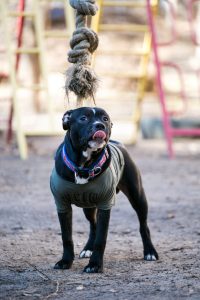
- If we plan to use motivational tools later on, it’s a good idea for our dog to be familiar with these objects. Play a lot of fetch, engage in tug-of-war with a bite pad, and don’t forget to praise them.
- If we want to train them to pull on command later on, we can achieve this through recalls and rewards. The reward can be a game or a “tasty” treat.
Only undertake more serious loads after one year of age. At this point, you can attach a car tire behind them. Start with a single tire, pulling for only 5-10 meters initially. A few repetitions of this length are sufficient.
Training Methods for Weight Pulling
The training should always be tailored to the dog. Just as no two humans are alike, no two dogs are the same. What benefits one dog may not be suitable for another. Running, swimming, fetching, going for a walk with a chain, and pulling a car tire are all possibilities. Occasionally, a thorough walk can also be beneficial.
During training, we should aim to increase our dog’s endurance and strength. The training should reflect this – a bit of endurance and a bit of strength training.
Regardless of the training method chosen, gradual progression is crucial!!!
The training location should generally be a calm environment where we won’t disturb others, and others won’t disturb us. Simpler ball games and fishing can be performed at home.
Weight Pulling Competitions
During competitions, each participant decides in which event they want to compete. The following events are available: Wall climbing, high jump, speed weight pulling, sled pulling, tug-of-war, and weight pulling.
Wall Climbing
The dog must run up a wall covered with a carpet to reach a baited object. The object must be touched. The dog with the highest jump wins.
High Jump
The dog must grab a freely hanging bait object while running. Again, the dog with the highest jump wins.
Speed Weight Pulling
The dog must pull a three-wheeled bicycle for a given distance in the shortest time.
Sled Pulling
The dog must pull a sled loaded with weights for a specified distance. The time result is considered.
Tug-of-War
Two dogs facing each other must grab baited objects attached to elastic ropes. The dog that releases the bait first loses.
Weight Pulling
On a freely rolling track, the dog pulls a cart loaded with weights over a 5-meter distance. They have 1 minute to complete the task. The dog that pulls the heaviest total weight wins the round. Organizers divide dogs into weight classes, usually every 5 kilograms. They award winners in each weight category separately. One dog also receives a prize for pulling the most weight relative to its body weight. Another prize goes to the dog that pulls the absolute heaviest load overall.
Injuries
Let’s talk about injuries and how to prevent them. Dogs most often suffer from muscle strains and paw pad injuries. You can prevent muscle strain by avoiding jumps while the dog is pulling. Instead, encourage your dog to lean into the harness and stretch forward. Always start training with a proper warm-up routine. Strains often happen when the dog slips during training. So, make sure you pay special attention to surface conditions and traction.
Paw pad injuries can result from glass shards, which are almost impossible to prevent. In such cases, the dog must be rested until fully recovered. Paw pad wear can also occur if we train on unsuitable terrain.
Before every training session or pull, warm up your dog with moderate exercise, and after training, massage them thoroughly from head to toe.
Don’t forget: They are athletes and deserve corresponding treatment!
If you’re interested in other health and behavior topics, take a look at our article on Kennel Cough, or explore the unique bond in The relationship between dogs and humans. You can also learn more about anal glands, the different dog tumor types, or how to recognize early signs of dog dementia. To support your dog’s health, check out our immune boosters for dogs and our joint supplement products as well! Or find out what kind of owner your dog would like to have.
